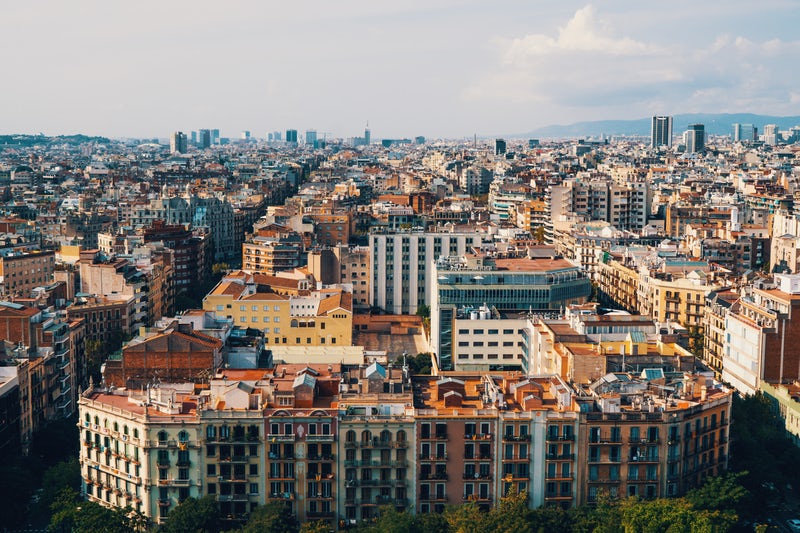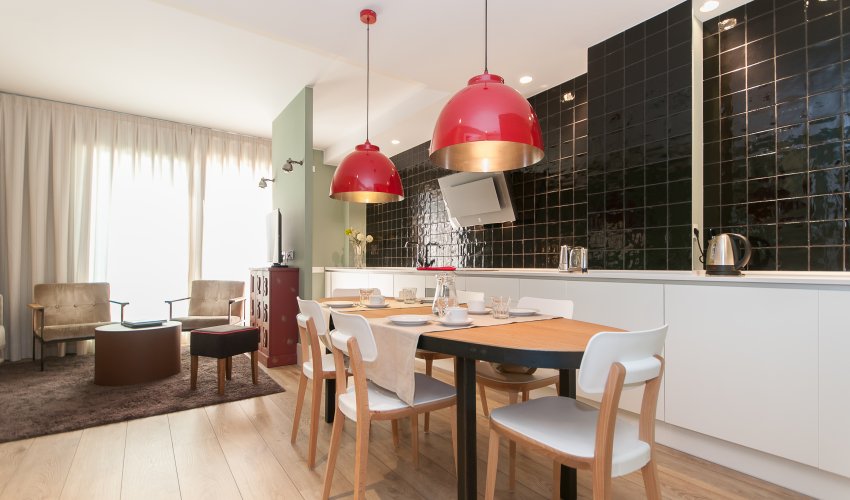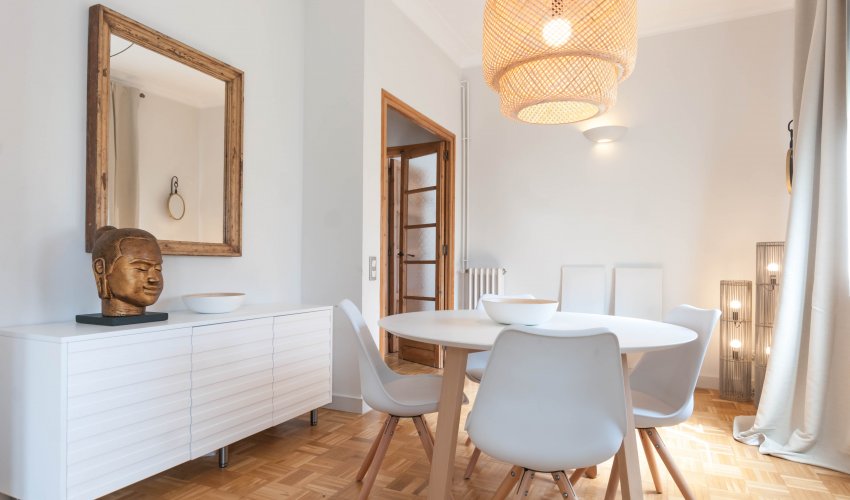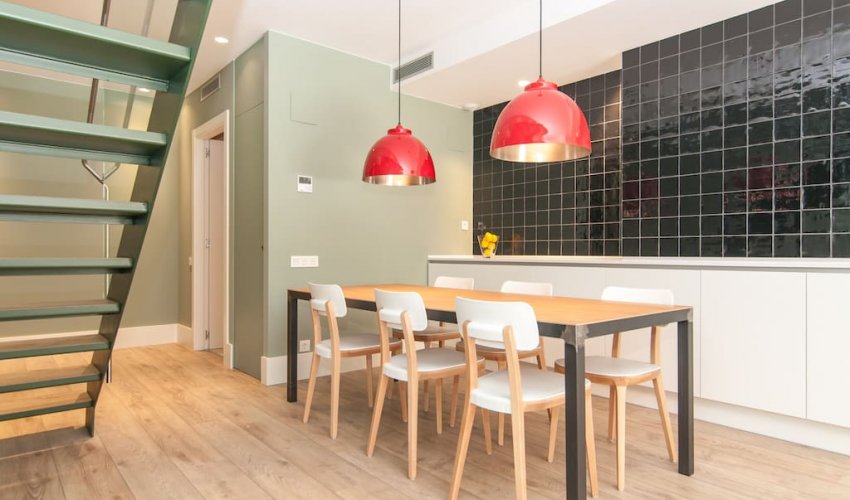The Eixample is, without a doubt, the most emblematic, photographed, shared and recognizable neighborhood of Barcelona. Here are some surprising curiosities about this 19th century neighborhood that has become the emblem of the city.
- The Eixample (that means ‘expansion’ or ‘Expansion District’ in catalan) is a district of Barcelona between the old city (Ciutat Vella) and what were once surrounding small towns (Sans, Gràca, Sant Andreu). It was constructed in the 19th and early 20th centuries and designed by Ildefons Cerdà.
- The Eixample is characterized by long straight streets, a strict grid pattern crossed by wide avenues, and square blocks with chaferred corners (named illes in Catalan, manzanas in Spanish).
- The grid pattern remains as a hallmark of Barcelona, but many of his other provisions were ignored: the four sides of the blocks and the inner space were built instead of the planned two or three sides around a garden.
- Some parts of the Eixample were influenced by Modernist architects, chief among whom was Antoni Gaudí. His work in the Eixample includes the Casa Milà (nicknamed La Pedrera) and the Casa Batlló, both of which are on the wide Passeig de Gràcia, as well as the Sagrada Família.
- In spite of everything or thanks to it, since Cerdá conceived a utopian city, the current Eixample has full force, after 150 years. At the very beginning of the 21st Century, the Ensanche continues being the heart of the current Barcelona, and its construction continues.







